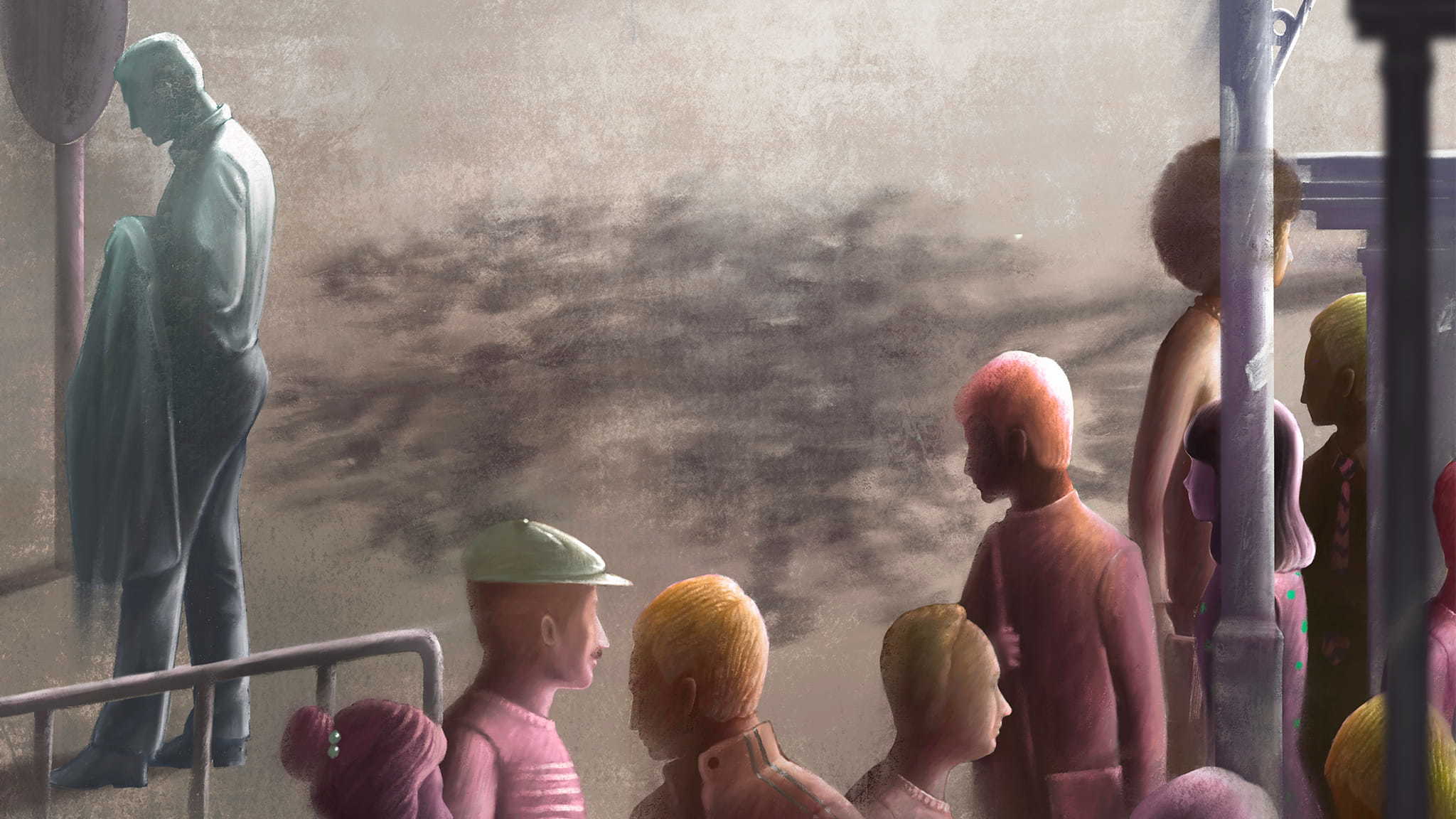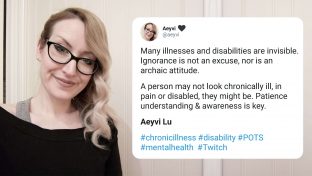What Is Situational Loneliness And Why Does It Occur?

- Circumstances that may influence situational loneliness beyond a recent life transition can include interpersonal conflicts, unpleasant experiences, or not having all of one’s needs met in a particular area or setting.
- Situational loneliness can manifest when a person experiences feelings of loneliness in response to a particular situation over a short or long period of time.
Struggling with loneliness or having a mental health crisis?
- Suicide Prevention Lifeline: 1-800-273-TALK (8255); Deaf or hard of hearing dial 711 before the number or connect via online chat
Like transitional loneliness, situational loneliness can arise from changes that take place during a person’s life, including relocation, living arrangements, job changes, relationship changes, pregnancy, separation from family and/or friends, personal illness, disability, or loss of a loved one.
A person struggling with situational loneliness might not feel lonely in their personal life or social relationships, yet they feel lonely at school or at work.
Likewise, they may feel lonely at home because they live alone or with roommates, they don’t socialize with, yet they don’t feel lonely at work.
When situational loneliness is the result of a recent or sudden change in a person’s life, they may find themselves struggling with loneliness until they adapt and acclimate to it.
Situational loneliness may develop after transitions that can include:
- Relocation
- New employment or a new job role at a current place of employment
- Becoming a parent
- Separation from family or friends
- Recent break-up or separation
- Divorce
- Graduating from high school or college
- Temporary physical limitations due to health-related issues
- Sudden development of a disability
- Sudden physical or social distancing, such as during the COVID-19 pandemic
- Any other change a person finds to be a significant disruption to their typical routine, including interpersonal conflicts
Long-term socioeconomic and environmental factors, as well as one’s cultural setting may contribute to situational loneliness, as these are circumstantial influences that may elicit feelings of loneliness in response.
Another factor that can lead to situational loneliness is social isolation, which can occur when a person lacks contact with (and emotional support from) other people for an extended period of time.
Forced isolation caused by hospitalization or becoming housebound due to illness or disability can also lead to situational loneliness.
While situational loneliness is not quite as severe as chronic loneliness in terms of risk for mortality, it can still impact a person’s health and should be addressed.
Editor’s Note: This article is part of The Roots Of Loneliness Project, the first-of-its-kind resource that comprehensively explores the phenomenon of loneliness and over 100 types we might experience during our lives.
Find Help Now
If you’re struggling with situational loneliness, we’ve put together resources to meet you wherever you are — whether you want someone to talk to right now, or are looking for longer-term ways to help ease your loneliness.
- Suicide Prevention Lifeline: 1-800-273-TALK (8255); Deaf or hard of hearing dial 711 before the number or connect via online chat
- Resources & Emotional Support For Loneliness
- Volunteer & Pet Adoption Opportunities






